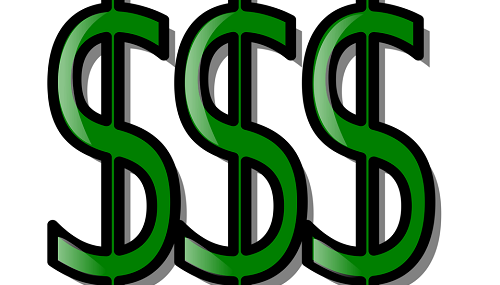
By Roger J Kerr

The NZD/USD ends 2017 at 0.7000, considered a fair equilibrium value for a currency that has certainly stabilised over recent years.
Since the Kiwi dollar was floated in the mid 1980’s the average trading range from high to low for any 12-month period has been 13 cents.
Over the 2017 year, the trading range has just been seven cents from a low of 0.6800 to a high of 0.7500.
It may seem that the Kiwi remains just as volatile day-to-day to historical norms, however the overall range is much narrower.
The standout feature of the 2017 NZD/USD movements has been the continuous support at the 0.6800 level.
The Kiwi has reversed back up from sell-offs to 0.6800 on three separate occasions in March, May and October/November.
Over recent weeks the FX market has tested the support at 0.6800 on five occasions and each time the outcome is no more NZD sellers and some eager NZD buyers at that exchange rate value. Thus, the constant reversals back up.
Looking ahead, the forces that determine the movements of the NZD/USD exchange rate appear rather evenly balanced overall.
Therefore, the trading range over 2018 is again expected to be a narrow band with the bottom support at 0.6800 holding firm.
In some respects the trading range may prove to be even smaller than 2017, as it would require a very weak US dollar or dairy commodity prices rampaging higher to push the Kiwi dollar up to 0.7500. A very weak US dollar and much higher dairy commodity prices both seem unlikely at this point.
A summation of the anticipated drivers of the NZD/USD exchange rate over 2018 are as follows:-
- A marginally stronger US dollar as they continue to increase their interest rates well ahead of the Europeans. The USD weakened against the Euro over 2017 as the markets expressed disappointment at President Trump’s inability to enact his election promises. The recent passing for the US tax reform legislation gives Trump his first achievement, and financial market reaction is positive. A stronger US dollar should work to cap the Kiwi dollar off at the 0.7200 level without forcing it below 0.6800.
- Dairy commodity price movements over the next 12 months are not expected to be significant with the global demand and supply equation looking evenly balanced around the USD3,000/MT for whole milk powder. At 0.7000 the NZD/USD rate is back in line with whole milk powder prices at USD2,800/MT.
- New Zealand inflation outcomes, the RBNZ response and thus local interest rate changes could well be a leading factor in keeping the Kiwi dollar above 0.7000 over 2018. In my opinion, the probability is more than 50/50 of actual inflation results through the 2018-year tracking above RBNZ forecasts, therefore at some point they will be forced to adjust their wording/guidance as to when the first OCR increase will occur. The potential for earlier OCR increases in 2018 (not 2019) is certainly positive for the Kiwi.
- After a volatile and rocky performance over recent weeks between 0.7500 and 0.7700, the Australian dollar is expected to find greater stability going forward against the USD. Australian interest rates will not be increased in 2018, however, their metal and mining commodity prices are forecast to be increasing with stronger global GDP growth.
- New Zealand house price movements have historically displayed a reasonable correlation to NZD/USD movements as foreign capital inflows into our property market impacts both markets. Whilst some doomsayers predict an impending residential property market collapse, the reality is that the dominant Auckland market remains under-supplied even with much reduced immigration levels.
The end conclusion is that Kiwi positives slightly outweigh the negatives, however nothing dramatic.
All the best for the festive season!
Daily exchange rates
Select chart tabs
Roger J Kerr contracts to PwC in the treasury advisory area. He specialises in fixed interest securities and is a commentator on economics and markets. More commentary and useful information on fixed interest investing can be found at rogeradvice.com

We welcome your comments below. If you are not already registered, please register to comment
Remember we welcome robust, respectful and insightful debate. We don't welcome abusive or defamatory comments and will de-register those repeatedly making such comments. Our current comment policy is here.